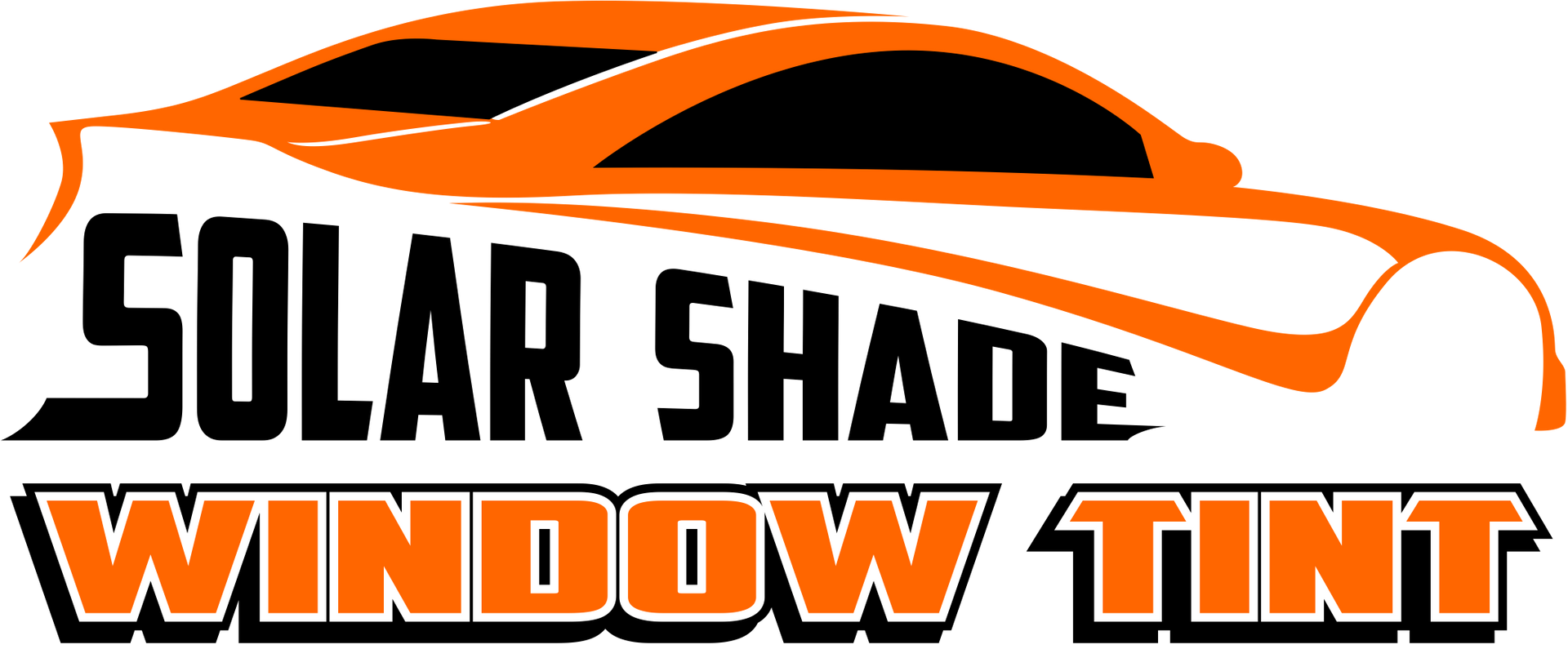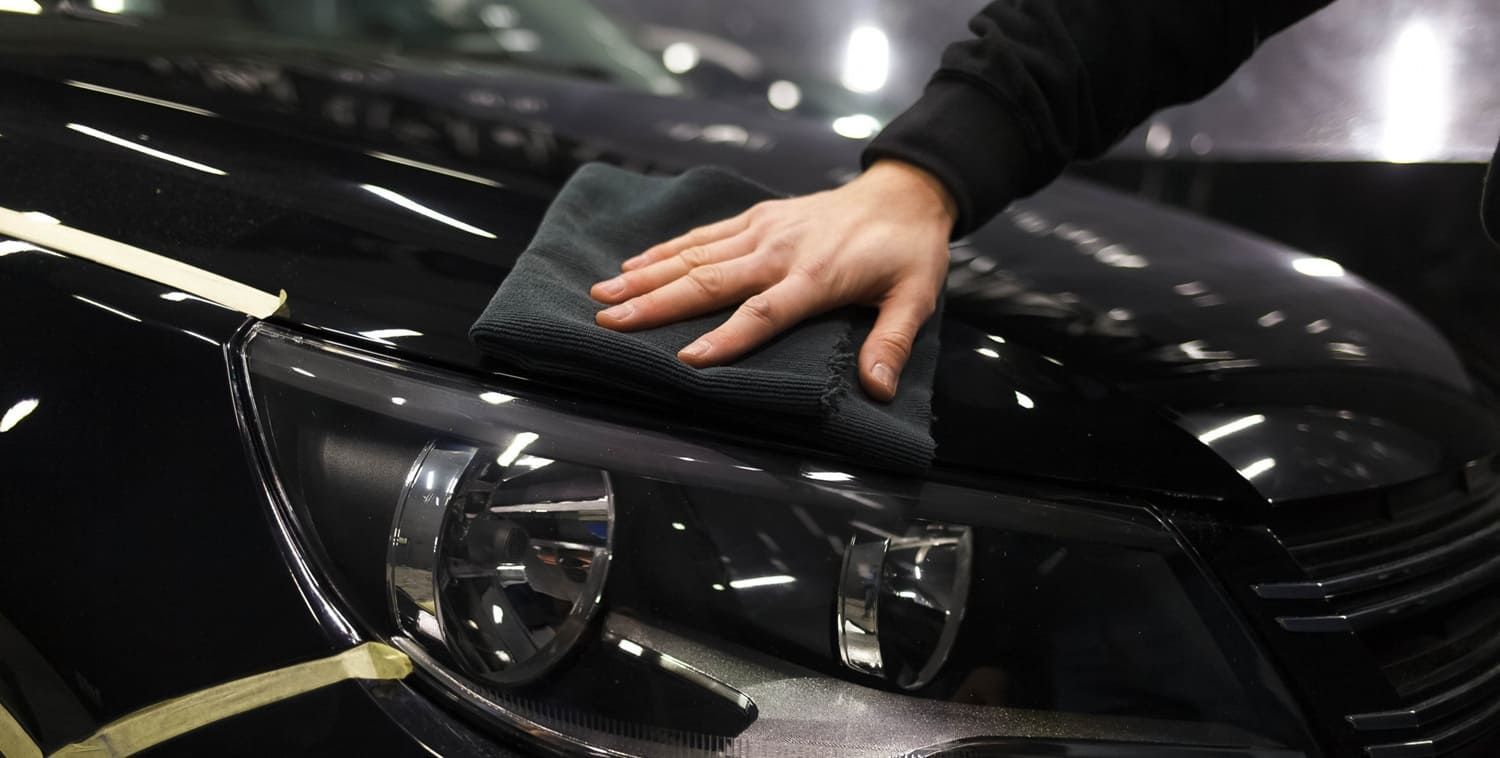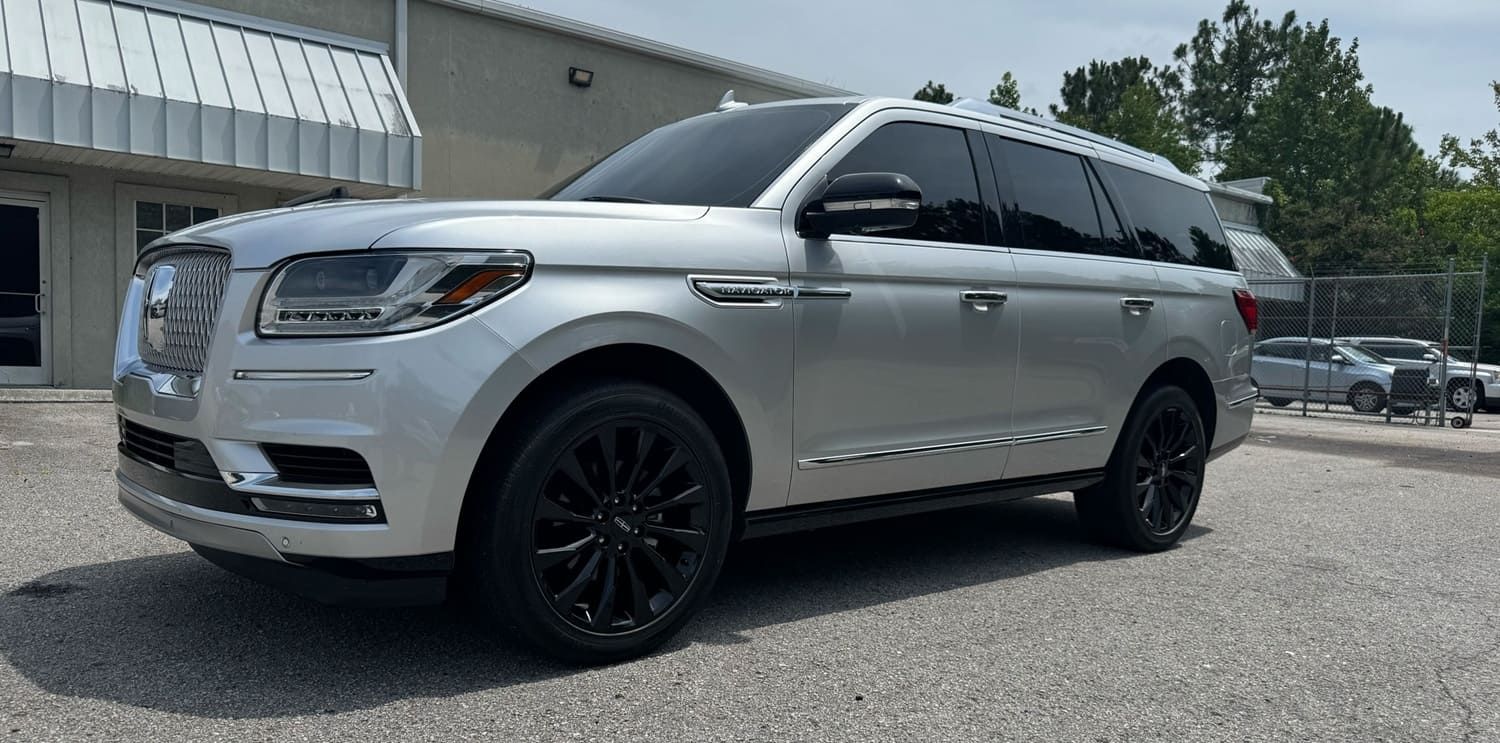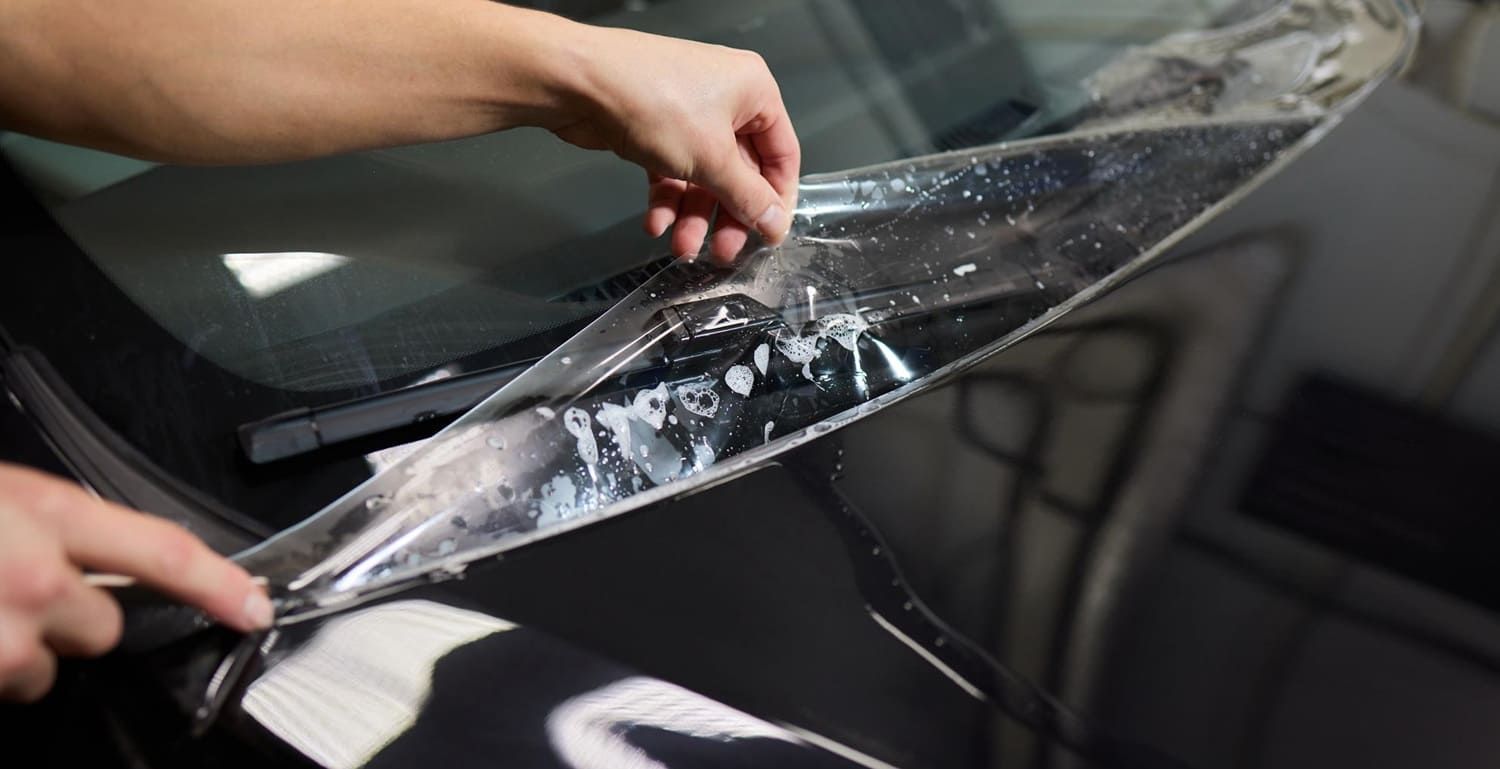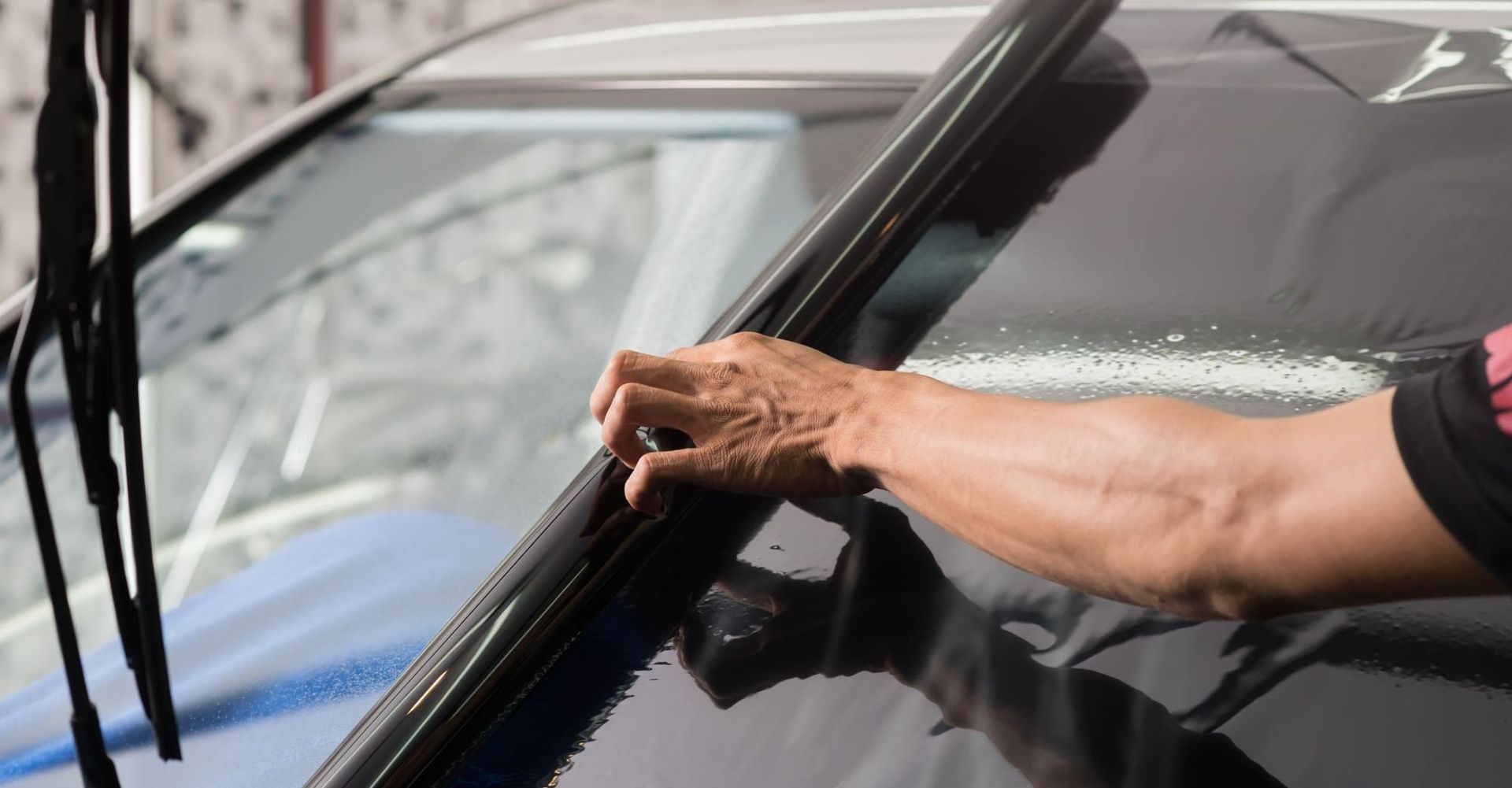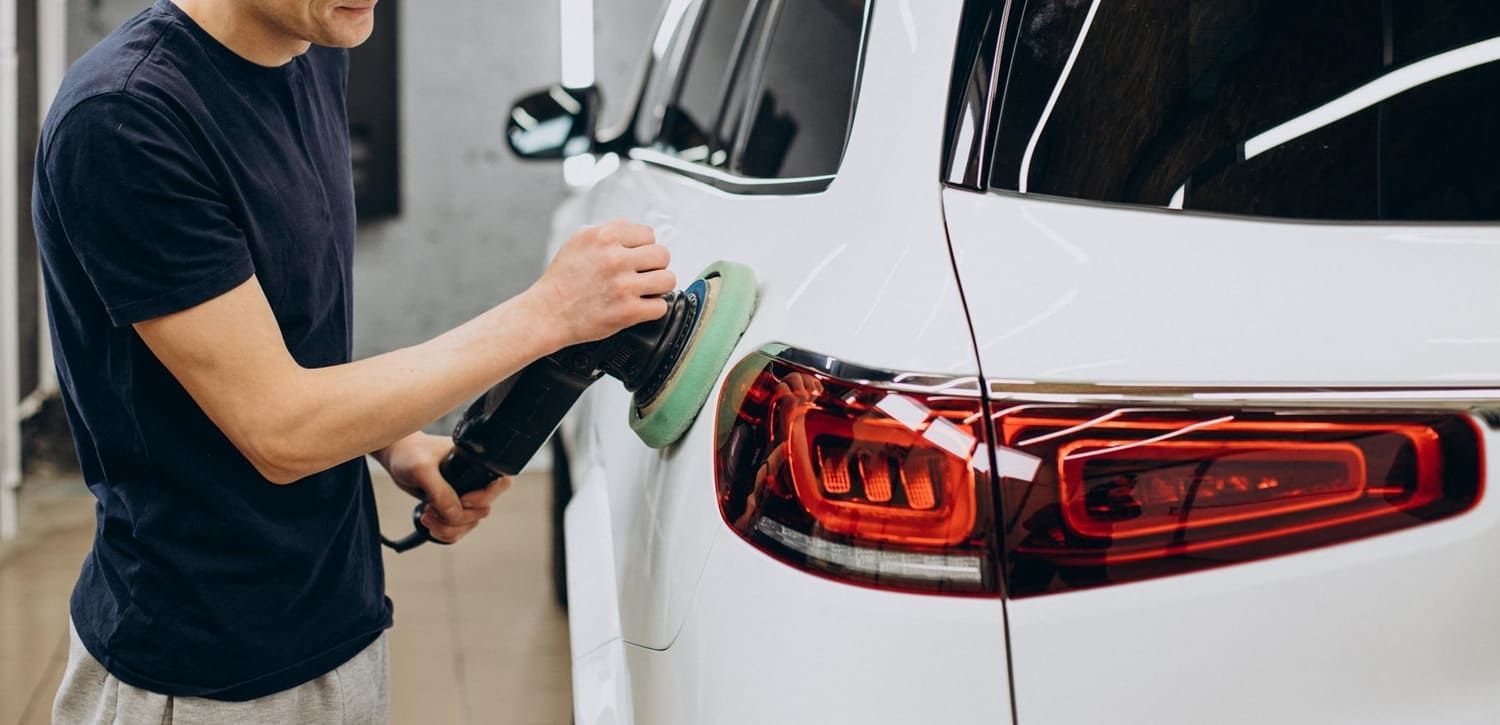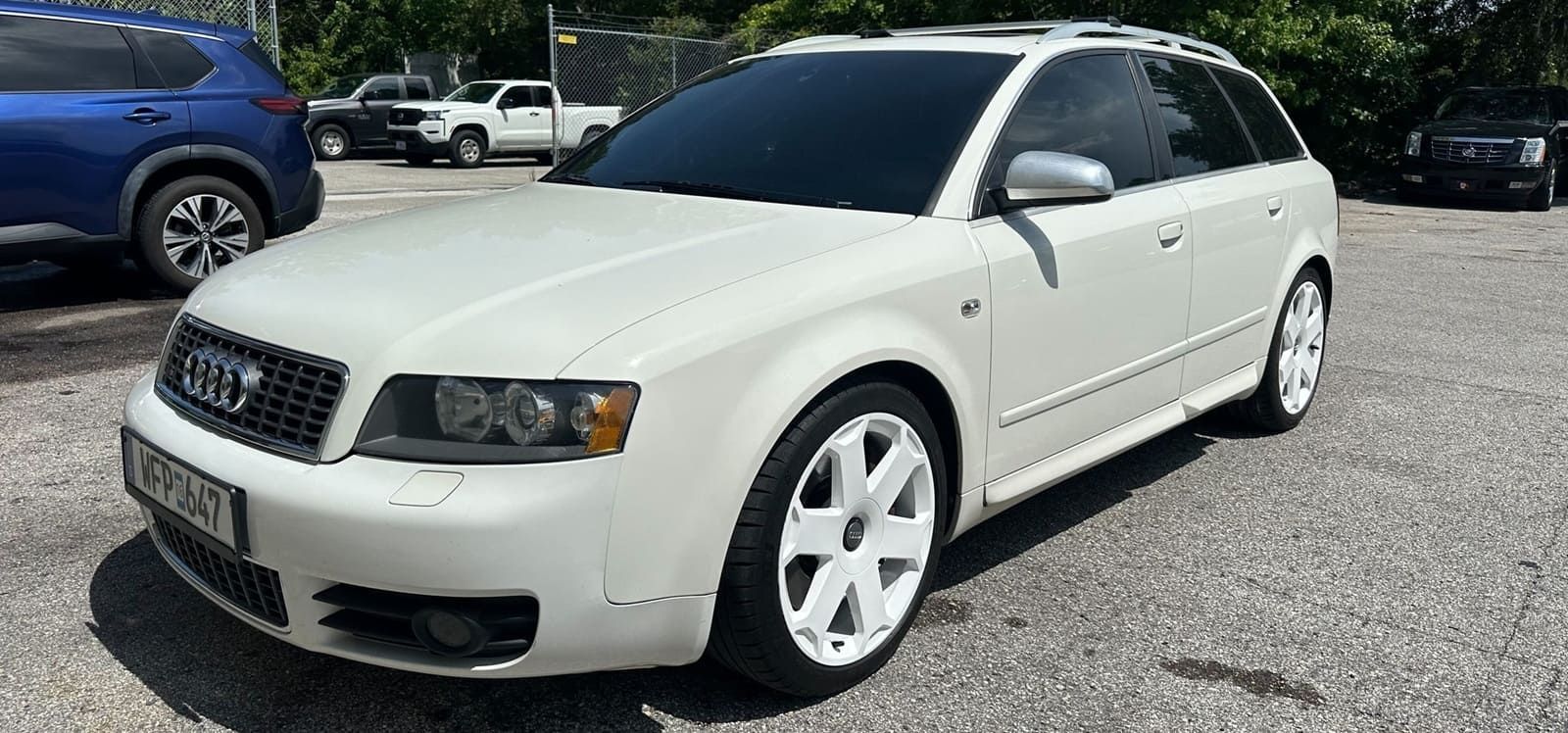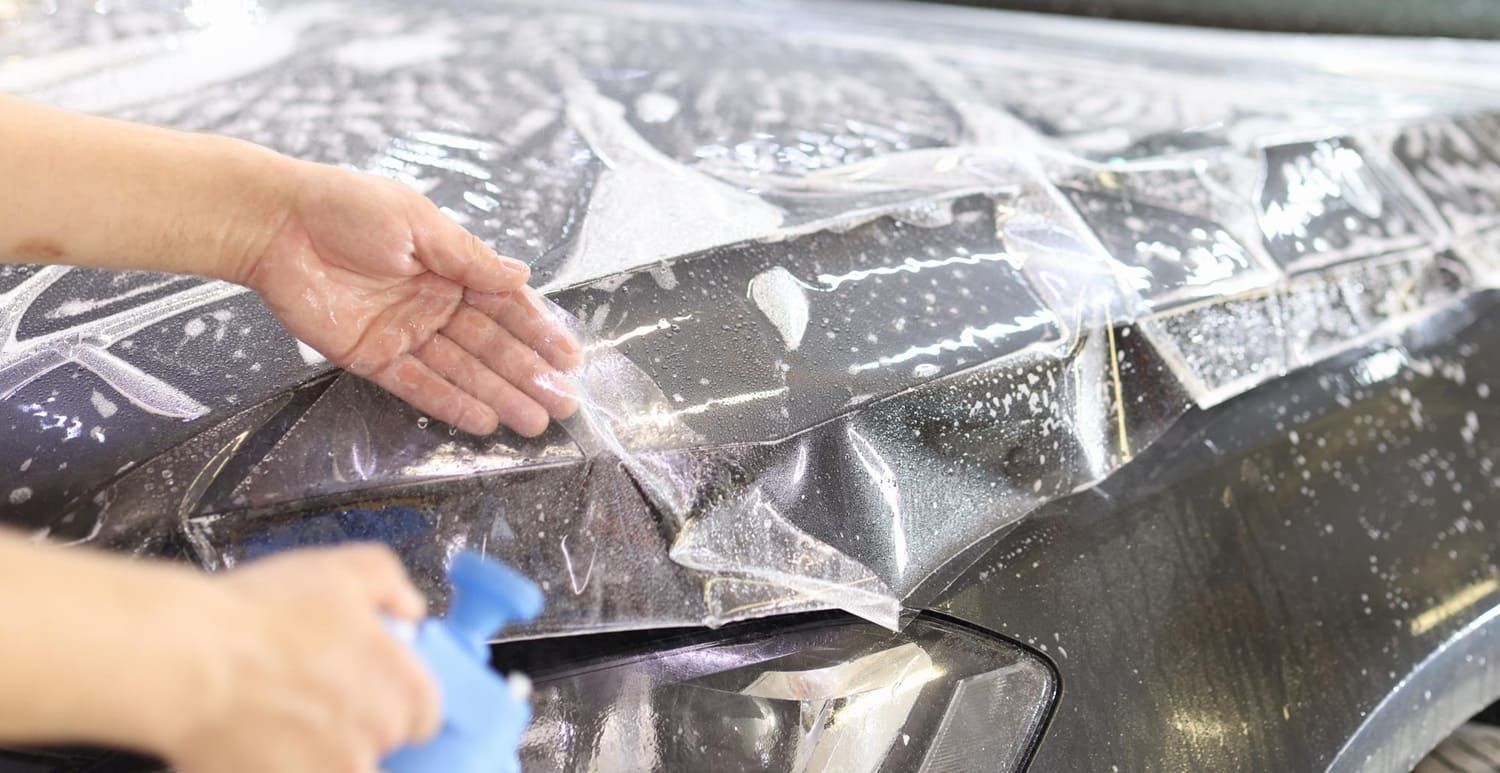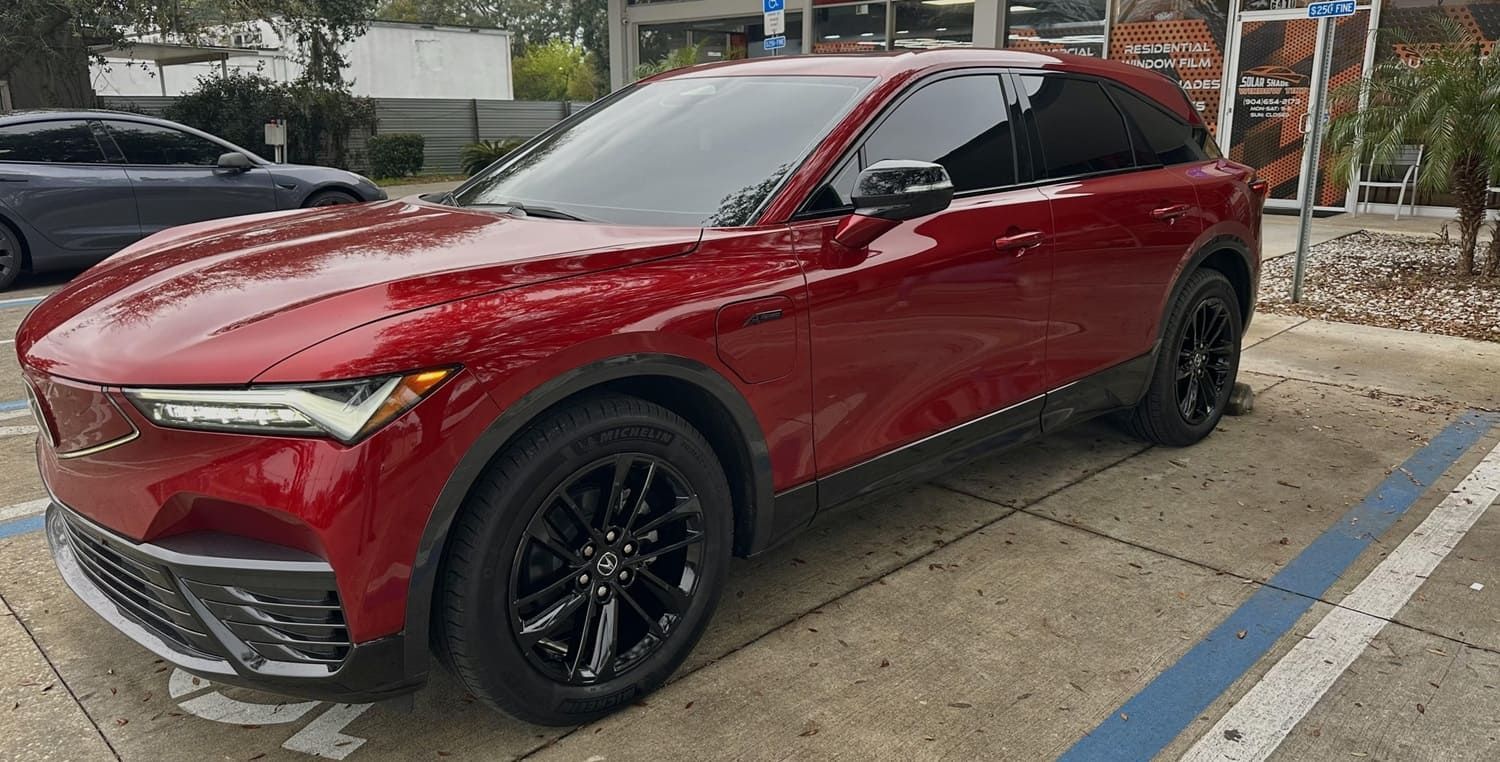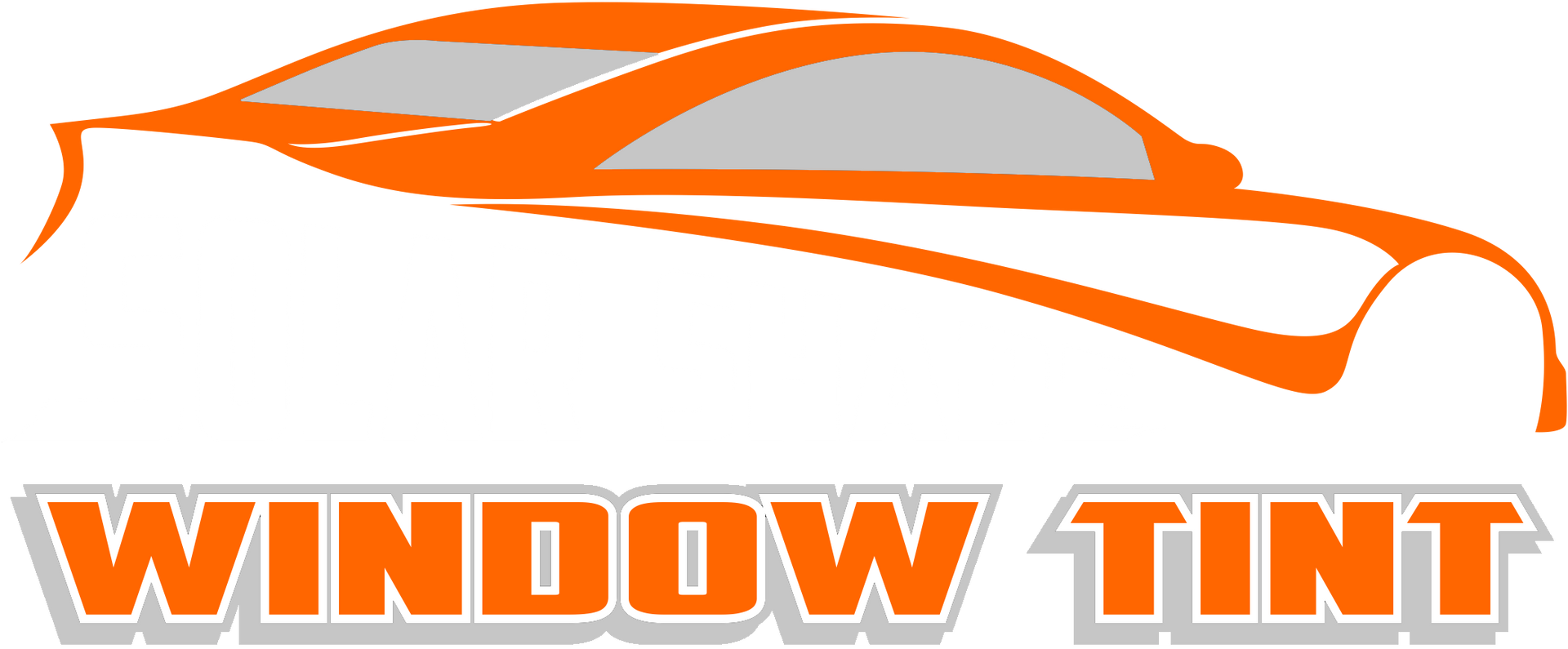How Much Does Car Window Tinting Cost in 2025?
Discover the 2025 landscape of car window tinting costs, shaped by cutting-edge film technologies, advanced installation methods, and regional market trends that influence both price and performance. This comprehensive guide breaks down how average prices shift based on your vehicle’s type, your film selection, the complexity of the installation, local regulations, and the number of windows you’re looking to tint. We’ll ensure you’re fully informed about every cost factor before you get a personalized quote from Solar Shade Window Tint. Inside, you’ll find:
- A clear overview of typical car window tinting expenses for 2025
- How your vehicle’s make, the number of windows, and film quality impact pricing
- A deep dive into crucial cost elements, including labor, location, and any necessary film removal
- A comparison of ceramic, carbon, dyed, metallic, and specialized tint options
- The compelling reasons why professional installation delivers superior UV defense, enhanced privacy, and better interior preservation
- Florida’s specific VLT rules, medical exemptions, and the consequences of non-compliance
- Expert advice on choosing the ideal tint for your specific needs and budget
- The distinct advantages of partnering with Solar Shade Window Tint for your vehicle in Jacksonville and Lake City, FL
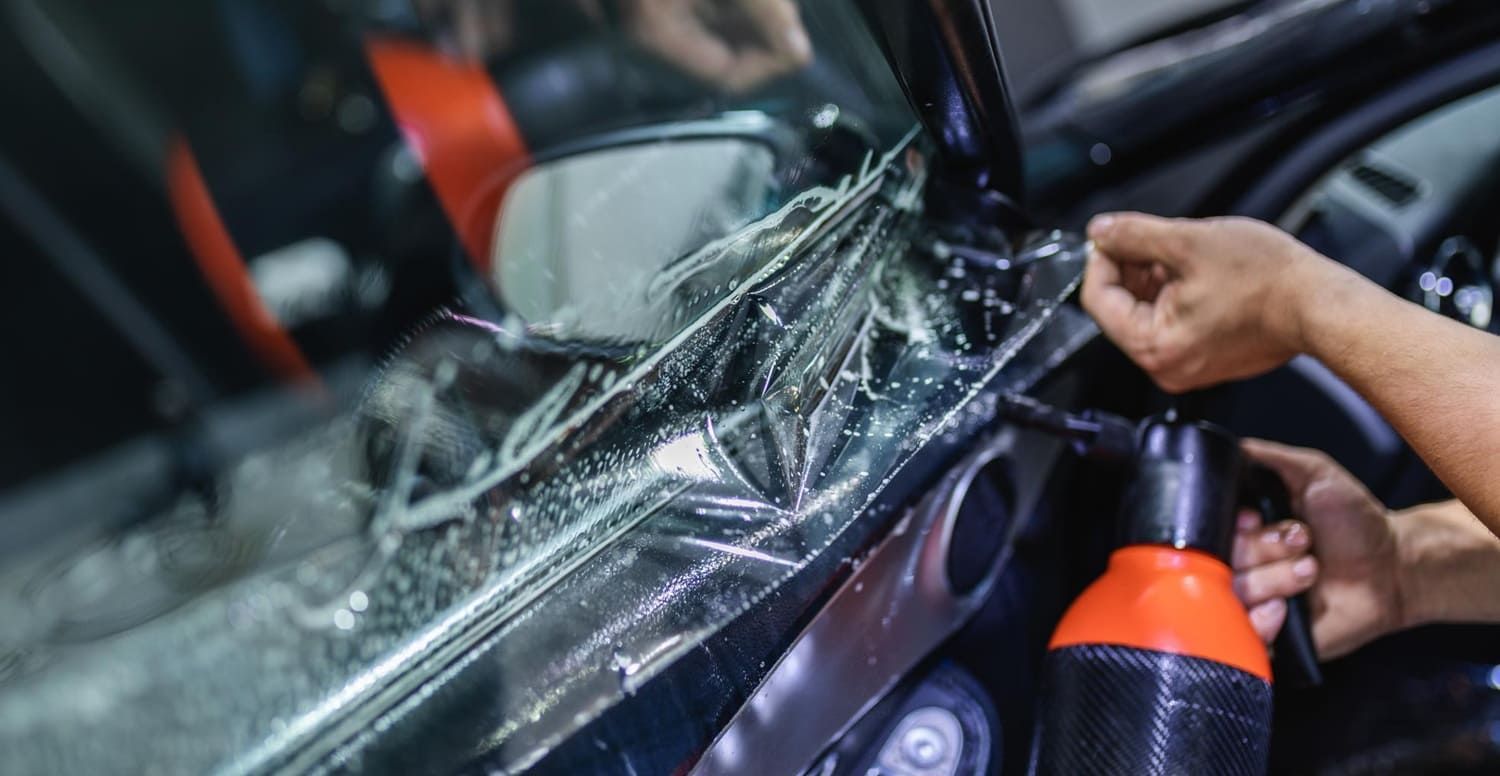
What’s the Average Price Tag for Car Window Tinting in 2025?
The average cost for car window tinting in 2025 is a blend of the film material itself, your vehicle’s size, and the labor involved, all aimed at boosting privacy, UV protection, and heat resistance. Expect professional installations to range from cost-effective dyed films to high-performance ceramic packages, with local pricing in Jacksonville and Lake City, Florida, reflecting current market demand.
- Cam Clark Ford Richmond, How Much Does It Cost to Tint a Car? A Complete Guide (2024-10-02)
- Man Cave Colorado, Window Tinting Prices: A Complete Guide (2024-05-29)
- ClearPro, How to Calculate Your Window Tint Cost: Factors and Tips (2024-07-26)
Here’s a look at the typical price ranges based on vehicle categories:
| Vehicle Type | Typical Cost Range | Installation Time |
|---|---|---|
| Sedan | $200 – $400 | 2 – 3 hours |
| SUV | $300 – $500 | 3 – 4 hours |
| Truck | $250 – $450 | 2.5 – 3.5 hours |
Sedans generally have a lower cost due to fewer windows and a smaller surface area, while SUVs typically command higher prices for more extensive film coverage. Understanding these averages sets the stage for exploring how specific vehicle characteristics further influence the final price.
How Does Your Vehicle’s Type Impact Tinting Prices?
Your vehicle’s type affects tinting prices because larger or more uniquely shaped vehicles require more film material and a greater investment in labor, leading to price variations. SUVs and trucks often need more precise cutting and fitting compared to more standard compact sedans.
- TERMINAX, Window Tinting Cost Guide: Factors, Categories & Tips 2025 (2024-12-16)
- Cam Clark Ford Richmond, How Much Does It Cost to Tint a Car? A Complete Guide (2024-10-02)
- Man Cave Colorado, Window Tinting Prices: A Complete Guide (2024-05-29)
Key considerations by vehicle category include:
- Film Coverage: Larger windows on SUVs mean more material is used.
- Window Shape: Curved or unusually shaped windows require specialized tools and techniques.
- Installation Complexity: Tinting intricate areas like quarter panels and rear windshields adds to the labor time.
These distinctions highlight why personalized quotes are essential and lead us to examine the pricing tiers for full-vehicle tinting.
What Are the Standard Price Brackets for Full Car Tinting?
The cost for full car tinting covers all side and rear windows, combining the quality of the film with expert labor for consistent, high-level performance. In 2025, comprehensive tint packages typically fall into three main pricing tiers:
- Standard Dyed Film: $150 – $300
- Premium Carbon Film: $300 – $500
- Advanced Ceramic Film: $500 – $700
- TERMINAX, Window Tinting Cost Guide: Factors, Categories & Tips 2025 (2024-12-16)
- Cam Clark Ford Richmond, How Much Does It Cost to Tint a Car? A Complete Guide (2024-10-02)
- Man Cave Colorado, Window Tinting Prices: A Complete Guide (2024-05-29)
These tiered prices directly correlate with the film’s durability and its ability to reject heat. Next, we’ll explore how the number of windows you’re tinting directly affects the overall cost.
How Does the Number of Windows Affect the Total Price?
The total price increases with each additional window because every pane requires more time for cutting, fitting, and installation labor, impacting both material and hourly rates. Most vehicles typically have 4, 6, 8, or 10 windows that can be tinted.
The following table illustrates the approximate cost increases based on the number of windows:
| Window Count | Approximate Cost Increase | Notes |
|---|---|---|
| 4 | +$0 (base package) | Typically driver and passenger front windows only |
| 6 | +$50 – $75 | Adds the rear side windows |
| 8 | +$75 – $100 | Includes the rear hatch or back window |
| 10 | +$100 – $150 | May include a panoramic sunroof or small vent windows |
Each extra window adds a moderate increase to the price, reinforcing why providing an accurate window count is crucial when requesting a quote.
What Key Factors Influence Car Window Tinting Costs in 2025?
A variety of elements shape car window tinting costs in 2025, combining the quality of materials, the labor involved, prevailing regional rates, and the need for any pre-existing film removal to ensure optimal performance and legal compliance.
- TERMINAX, Window Tinting Cost Guide: Factors, Categories & Tips 2025 (2024-12-16)
- Cam Clark Ford Richmond, How Much Does It Cost to Tint a Car? A Complete Guide (2024-10-02)
- Man Cave Colorado, Window Tinting Prices: A Complete Guide (2024-05-29)
How Does the Type of Window Film Affect the Price?
The type of window film you choose is a primary driver of pricing, stemming from differences in performance capabilities, manufacturing processes, and expected lifespan, making film selection a central part of your cost decision.
Here’s a breakdown of the key film categories:
- Dyed Films – These are the most budget-friendly option, offering moderate UV protection.
- Metallic Films – Their reflective properties enhance heat rejection but may sometimes interfere with electronic signals.
- Carbon Films – Positioned in the mid-range, these films offer good durability and a non-reflective finish for a consistent look.
- Ceramic Films – Considered premium, these non-metallic films excel at rejecting heat, often blocking up to 50% of it.
Your choice between these options involves balancing your budget with your desired level of thermal comfort, which naturally leads into how labor costs factor into the installation.
What Role Do Labor and Installation Complexity Play in the Cost?
Labor and installation complexity significantly contribute to the total cost, reflecting the technician’s skill level, the time spent on preparation, and the precision required to cut and fit custom film to each individual window.
Factors that influence labor charges include:
- Technician Expertise – Certified and experienced installers typically command higher hourly rates.
- Preparation Work – Thorough cleaning, removal of old adhesive, and surface preparation add to the overall time.
- Customization Needs – Fitting film around curved edges and defrost lines demands meticulous cutting.
Understanding the impact of labor helps clarify why labor-only quotes can differ from comprehensive service packages and naturally leads to discussing geographical influences on pricing.
How Do Locations Like Jacksonville and Lake City Influence Prices?
Regional market conditions in areas like Jacksonville and Lake City can cause price variations due to local competition, the cost of living, and the overall demand for high-quality tint solutions.
Key regional cost drivers include:
- Local Demand – In areas with high demand, particularly in sunny climates, prices for premium films may be higher.
- Competition Levels – A higher concentration of tint shops can lead to more competitive pricing.
- Operating Expenses – Costs such as rent, utilities, and insurance for the business directly impact hourly labor rates.
These local nuances emphasize why obtaining quotes specific to each city is essential for accurate pricing, even before considering any potential removal services.
When Is Tint Removal Necessary, and How Does It Affect the Cost?
Tint removal becomes necessary when existing films have degraded, no longer meet legal requirements, or when you’re upgrading to a more advanced film. This service adds an extra cost to the installation process.
Considerations for removal costs include:
- Old Film Complexity – The quality of the adhesive and the age of the film determine how easily it can be stripped.
- Surface Damage Concerns – Any necessary repairs to scratches or extensive residue removal can increase labor time.
- Reinstallation Preparation – Ensuring a clean surface is vital for optimal adhesion and to maintain warranty validity.
Factoring in removal services upfront helps prevent unexpected expenses and ensures a perfect preparation for your new film choice.
What Are the Costs and Benefits of Different Car Window Tint Types?
Comparing different tint types reveals a spectrum of initial investment versus long-term advantages, including enhanced UV protection, superior heat rejection, improved aesthetics, and better interior preservation, often justifying the higher cost of premium options.
- Kelley Blue Book, Car Window Tinting: 7 Things You Need to Know (2025-07-30)
- Vive-houston.com, What are the advantages of having your car's windows tinted? (2025-03-03)
- Cookeville Window Tint, Top 10 Reasons to Tint Your Car Windows (And Why It's Worth It) (2025-03-03)
How Much Does Ceramic Tint Cost, and What Are Its Advantages?
Ceramic tint typically comes with the highest initial price tag due to its advanced nanotechnology, which is engineered to reject up to 50% of solar heat while simultaneously blocking an impressive 99% of harmful UV rays.
The key advantages of ceramic tint include:
- Exceptional heat rejection, leading to a more comfortable cabin environment
- A non-metallic composition that ensures it won’t interfere with electronic signals
- Clarity that resists fading, maintaining excellent visibility over time
These significant benefits often outweigh the higher upfront cost through potential energy savings and extended longevity for your vehicle’s interior.
What Is the Price and Performance of Carbon Window Tint?
Carbon tint generally ranges from $300 to $500 for full-car coverage, offering a solid balance of durability with effective heat and UV protection.
Key performance characteristics of carbon film include:
- A sophisticated matte finish that helps reduce distracting glare
- Stable color that resists fading, ensuring a consistent look over the years
- Approximately 40% infrared rejection, which significantly enhances thermal comfort inside the vehicle
Carbon tint strikes a great balance between cost and performance, making it an appealing choice for drivers seeking a mid-range solution before considering dyed or premium ceramic options.
How Do Dyed and Metallic Tints Compare in Cost and Features?
Dyed and metallic tints represent the entry-level and more specialized choices, respectively, offering distinct trade-offs in terms of price, appearance, and performance capabilities.
Here’s a quick comparison:
| Film Type | Entry-Level Price | Key Feature |
|---|---|---|
| Dyed Tint | $150 – $300 | Cost-effective privacy and basic UV blocking |
| Metallic Tint | $250 – $400 | Enhanced heat reflection and reduced glare |
Dyed films are ideal for budget-conscious drivers, while metallic variants offer superior glare reduction at a moderately higher price point.
Are Specialty Films Like Security Tint More Expensive?
Security tint, distinguished by its reinforced polyester layers, typically costs between $600 and $900. This higher price reflects its ballistic-grade protection and enhanced shatter resistance, positioning it as a specialized but highly valuable option for increased safety. Its elevated cost is directly tied to the added security benefits and the superior protection it offers your vehicle.

Why Is Professional Car Window Tinting a Smart Investment in 2025?
Investing in professional car window tinting delivers tangible returns through improved comfort, robust UV defense, enhanced privacy, and the preservation of your vehicle’s interior value, consistently outperforming DIY methods or discount alternatives.
How Does Window Tinting Provide UV Protection and Heat Rejection?
Window tinting effectively blocks harmful UV rays by incorporating specialized UV-absorbing dyes or advanced ceramic nanoparticles, which work together to reduce cabin temperatures and protect both your skin and your vehicle’s interior from sun damage.
The primary benefits include:
- Up to 99% UV blockage, safeguarding occupant health
- Significant infrared rejection, which can lower interior heat by as much as 60%
- Reduced glare, leading to a more comfortable and safer driving experience
These protective features translate into long-term cost savings by minimizing wear and tear on your vehicle’s interior and potentially reducing air conditioning usage.
What Privacy and Security Advantages Does Tinting Offer?
Window tint film enhances privacy by limiting visibility into your vehicle’s cabin, which can deter potential thieves by concealing valuables. It also boosts occupant security by making it harder to break into the vehicle, all without compromising your outward visibility.
Key privacy and security gains include:
- An obscured view from the outside significantly reduces the risk of break-ins
- Shatter-resistant layers act as a barrier, slowing down glass penetration
- Available graduated VLT options allow for customized darkness levels within legal limits
These practical benefits underscore the significant value offered by professional-grade film installations.
How Does Tinting Protect Vehicle Interiors and Enhance Aesthetics?
By filtering out damaging UV rays and excessive heat, window tinting helps preserve your upholstery, dashboard materials, and electronic components from fading and cracking. Simultaneously, it provides a sleek, uniform appearance that significantly elevates your vehicle’s overall curb appeal.
Benefits for your interior and aesthetics include:
- Extended lifespan for fabrics and leather surfaces
- Prevention of sun-induced fading and warping of interior materials
- Customizable tint shades that perfectly complement your vehicle’s design
Protecting your vehicle’s interior integrity directly contributes to maintaining its resale value and enhancing your overall driving experience.
What Are Florida’s Car Window Tinting Laws and How Do They Affect Costs?
Adhering to Florida’s Visible Light Transmission (VLT) requirements is crucial for legally installing window tint. Non-compliance can result in fines or mandatory removal costs, both of which can impact your total expenditure.
- Florida Tint Laws, Florida Tint Laws – 2025 Updated (2025-06-18)
- All Florida Tinting Co., United States Tint Laws - All Florida Tinting Co. (2023)
- Braman Honda of Palm Beach, Window Tinting Laws in Florida (2024-09-10)
What Are the Visible Light Transmission (VLT) Requirements in Florida?
Florida regulates VLT percentages to strike a balance between safety and privacy, specifying the minimum amount of light that must be transmitted through different windows.
Florida’s VLT standards are:
| Window Position | Minimum VLT (%) | Implication |
|---|---|---|
| Front Side Windows | 28 | Ensures a clear forward view for safety |
| Rear Side & Back Windows | No restriction | Allows for darker tinting options |
| Windshield Top Strip | 28 (upper strip) | Permits a shade strip above the standard visor area |
Strictly adhering to these VLT thresholds helps you avoid potential fines and the unnecessary expense of re-tinting.
Are There Medical Exemptions for Window Tinting Laws?
Florida does provide medical exemptions for drivers who have conditions that are aggravated by UV exposure. These exemptions allow for darker tints on front side windows, provided you have approval and proper documentation from the DMV. The process for obtaining an exemption may involve minor administrative fees.
What Penalties Exist for Non-Compliance with Tint Laws?
Violating Florida’s tint regulations can lead to fines ranging from $25 to $250 per window. It can also necessitate costly film removal and may result in citations for repeat offenses, adding avoidable expenses to your budget.
How Can You Choose the Right Car Window Tint for Your Needs and Budget?
Selecting the ideal tint involves carefully evaluating your performance priorities, understanding local regulations, and considering installation quality to ensure you get the best value and avoid future compliance issues or replacement costs.
What Factors Should You Consider When Selecting Tint Film?
Choosing the right tint film requires weighing various attributes that align with your personal preferences, your local climate, and your vehicle type to guarantee satisfaction and ensure you remain compliant with all laws.
Key factors to consider include:
- Heat Rejection Capabilities – Look for higher IR and UV blockage percentages, especially if you live in a hot climate.
- VLT Percentage – Ensure the tint complies with state laws and meets your desired level of privacy.
- Aesthetic Finish – Decide whether you prefer a reflective or a matte appearance.
- Warranty Coverage – Check for protection against common issues like bubbling and fading.
Balancing these important factors will help you achieve optimal performance and long-term satisfaction with your tint choice.
How Do Local Preferences and Regulations Influence Your Choice?
In areas like Jacksonville and Lake City, local trends often lean towards ceramic and carbon films due to their durability and comfort-enhancing properties. Furthermore, Florida’s strict VLT laws play a significant role in guiding the permissible darkness levels, influencing both aesthetic and functional decisions.
When Should You Opt for Professional Installation Over DIY?
Professional installation is highly recommended in the following situations:
- When you need precise adherence to VLT compliance and flawless adhesive application
- If warranty protection is contingent upon certified installation
- For vehicles with complex window shapes that require specialized tools and expertise
- If you desire a consistent, blemish-free finish that enhances your vehicle’s appearance
Prioritizing expert installers ensures reliability, quality results, and helps maintain manufacturer warranties.
Why Choose Solar Shade Window Tint for Your Car Tinting Needs in 2025?
Solar Shade Window Tint combines deep local expertise, access to premium products, and a customer-centric approach to deliver exceptional tinting solutions in Jacksonville and Lake City, Florida.
What Expertise and Experience Does Solar Shade Offer?
With over a decade of dedicated experience in specialized vehicle film installations, Solar Shade’s certified technicians employ precision techniques to guarantee consistent film adhesion, long-lasting durability, and outstanding aesthetic results.
Which Quality Window Film Brands Are Available?
Solar Shade partners with leading film manufacturers to offer top-tier products, including:
- LLumar Ceramic Series
- 3M Crystalline and Ceramic Options
- XPEL Prime Ceramic
These reputable brands ensure high performance and come backed by industry-leading warranties.
What Warranty and Customer Satisfaction Guarantees Are Provided?
Our clients benefit from:
- Lifetime installation warranties covering issues like bubbling and peeling
- Manufacturer warranties that guarantee film performance
- A satisfaction guarantee, with re-tinting offered if expectations aren’t fully met
These strong commitments are designed to build trust and protect your investment.
How Can You Request a Quote or Book an Appointment?
To receive your personalized estimate or to schedule a professional installation, simply reach out to Solar Shade Window Tint through our convenient online form or by calling our Jacksonville and Lake City offices. Visit Solar Shade Window Tint today to request a quote and experience unparalleled UV protection, superior heat rejection, and a stunning aesthetic transformation for your vehicle in 2025.
Car window tinting in 2025 offers a smart balance between cost and long-term benefits, making expert installation and the selection of premium film crucial. By understanding average price ranges, key cost drivers, the attributes of different films, and local regulations, you can confidently choose a solution that enhances your comfort, privacy, and your vehicle’s overall value. Trust Solar Shade Window Tint’s extensive industry experience and top-tier products to provide reliable, compliant, and high-performance tint installations that fit your budget and exceed your expectations.
